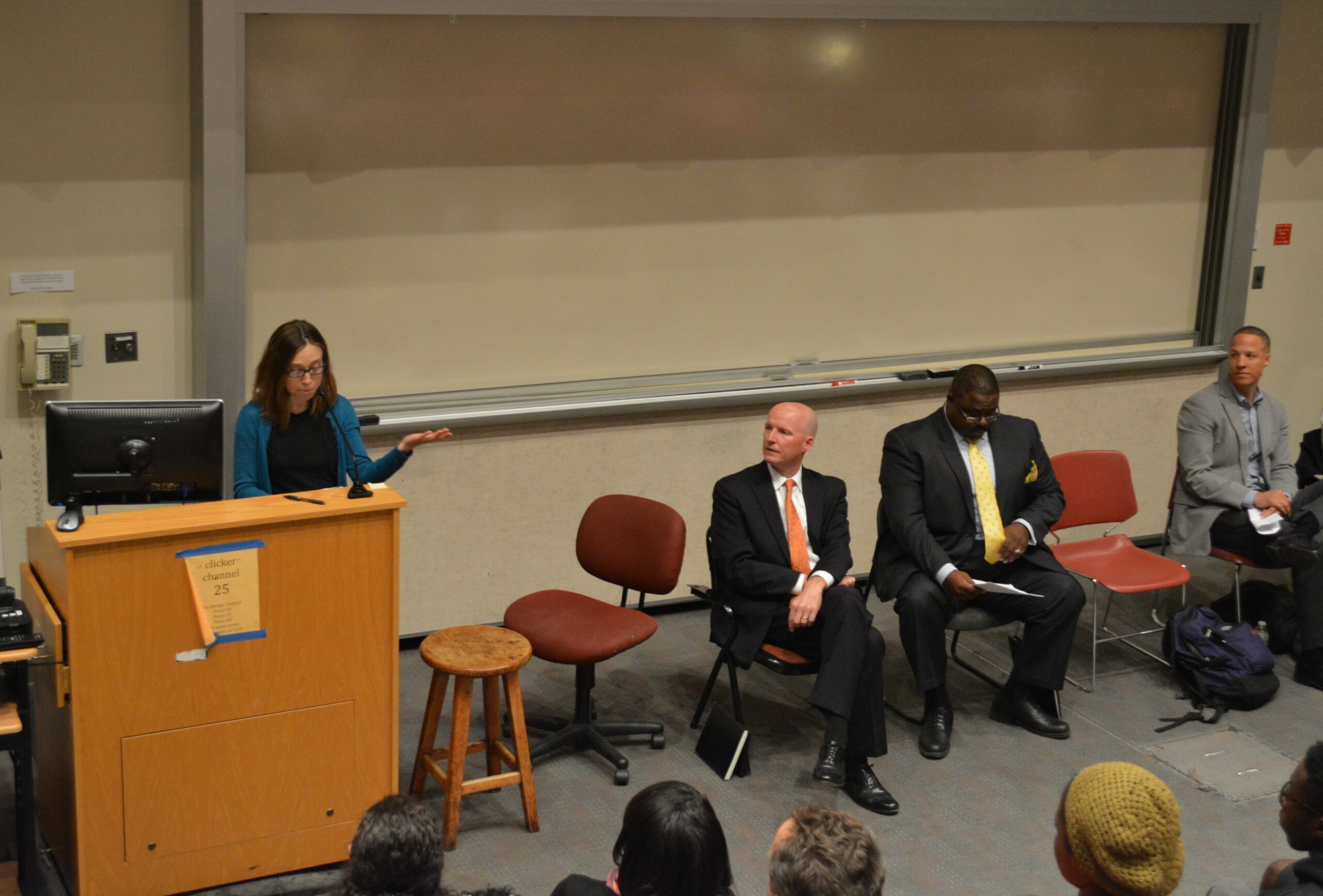Following up on recent sightings of wildlife in the New York City area, The New York Times published an opinion series exploring the question of how urban dwellers should cope with urban wildlife.
Dawn Biehler, an associate professor of geography and environmental systems, contributed to the series and wrote a column that examined the social and cultural contexts of urban wildlife arguments.
“The line between valued urban wildlife and unwanted pest is — and always has been — subjective, shaped by geography and social position,” Biehler explained. “When urban nature provokes anxiety, we would do well to take a hard look not just at the animals creeping or crashing through our backyards, but at ourselves.”
Referencing recent raccoon and bear sightings in the New York City area, Biehler said that these species often thrive on environmental conditions that humans create in those neighborhoods.
“Calling raccoons ‘invaders’ or ‘marauders’ in Brooklyn, or saying that bears have ‘overrun’ suburban New Jersey implies that these animals are out of place, but they are living in precisely the places that suit them best,” she wrote.
Read Biehler’s complete column “Pests of our own creation” in The New York Times.
Biehler researches historical geography and environmental history of public health in U.S. cities, environmental justice, urban and feminist political ecology, housing, and human-animal interactions. She is author of Pests in the City: Flies, Bedbugs, Cockroaches, and Rats, which was featured in the Summer 2013 edition of UMBC Magazine.
Image: Dawn Biehler speaks at an event at UMBC. Photo by Dinah Winnick.

